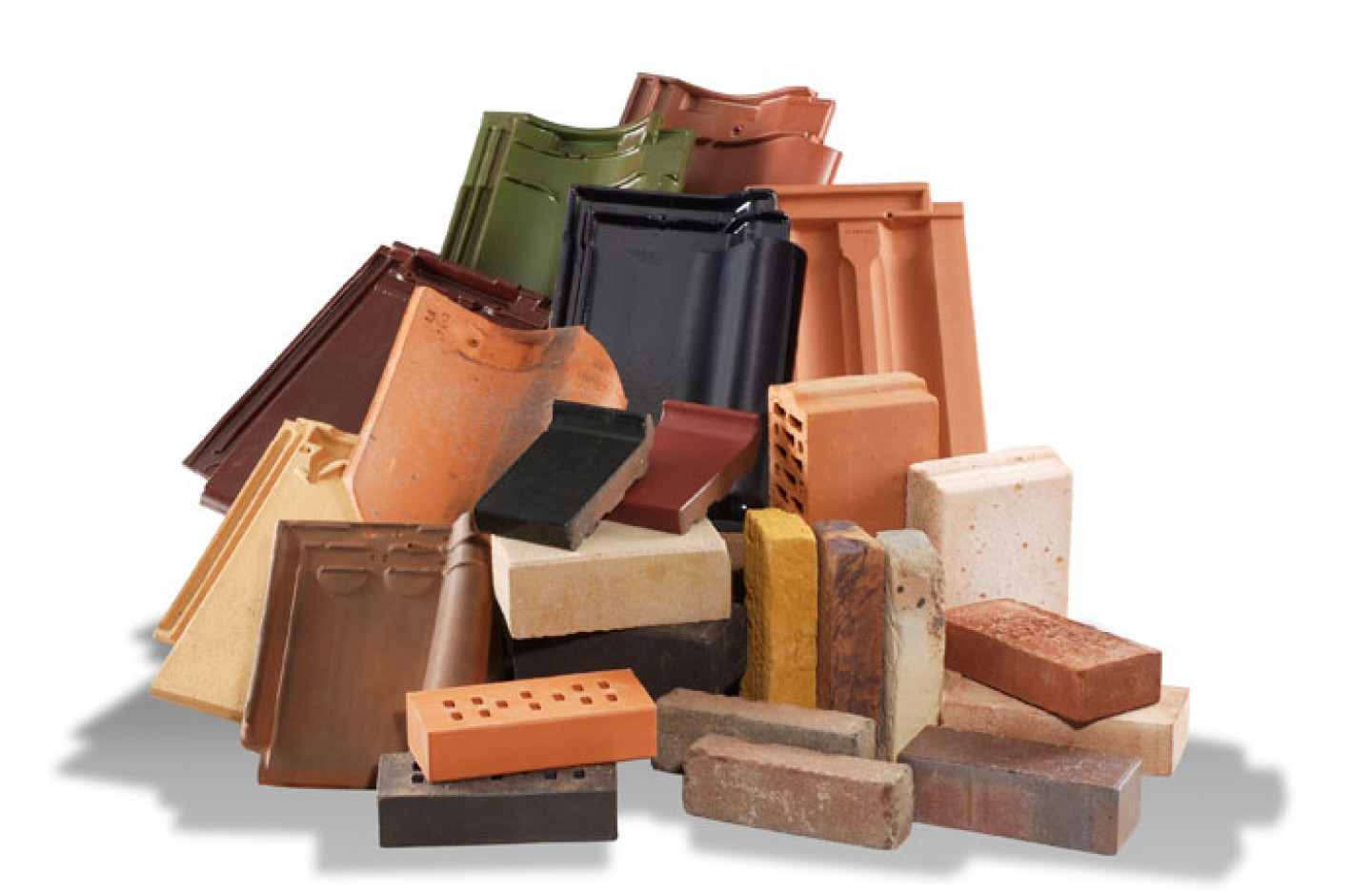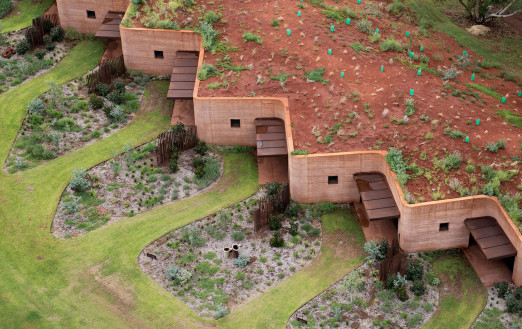Clay - as a material has certainly endured the test of time, it continues to be indispensable to construction projects around the world and it’s popularity continues to remain strong throughout the construction industry. Despite dramatic changes in construction techniques and fashions over the years, clay still remains the material of choice for many projects.
Why does clay continue to be as popular now as ever before? The answer lies within the inherent benefits of clay, and how they can be applied to a building in the 21st century.

Clay is an ideal building material, whether it be it’s 150+ year durability, resilience to climatic changes and nature; it is the perfect material for any construction project whether it’s employed in traditional brick form or as brick cladding alongside clay roof tiles and landscape pavers. Specifiers can be confident that clay products will deliver value both in terms of aesthetic appeal and minimal environmental impact.
Developing clay has evolved into a scientific process creating a variety of textures and colours allowing clay to meet the demands of the market. In the current market, individuality is key and the type of brick or cladding chosen can make or break a project. With that in mind clay can be used to meet the modern trend for architects to vary the material dimensions of external wall finishes in order to generate different visual effects.
.jpg?1455641265)
Wienerberger currently has an extensive range of brick types – all of which are made from clay, each with a different colour and texture. The malleable nature of clay also affords a series of special bricks - a range that includes 70 products alone and covers the most popular British standard specials.

The malleable nature of clay also affords a series of special bricks
Changes in how clay is now processed have resulted in carbon efficiencies that ultimately reduce the products’ environmental impact. Via its innovative approach to sustainability, Wienerberger has been able to reduce its carbon emissions to 12.5% lower than the industry average. All Wienerberger products have been rated ‘Good’ or higher under BRE’s Responsible Sourcing standard BES 6001, providing confidence that we minimise the environmental impact of our supply chain in addition to our own operations.
"Clay is far from a one-trick pony... it also represents a superb paving choice."
Throughout it’s history clay has always had a strong association with brick. Indeed, in the UK, clay brick is very much part of a strong vernacular tradition of building and one that is still very much the favoured option of the majority. However, clay is far from a one-trick pony, and many of the very same properties that have made it such a wonderful masonry material mean that it also represents a superb paving choice – particularly when compared with like-for-like with alternatives.

Clay also represents a superb paving choice
As a component in a wall or roof system, clay products are resistant to damp and mold growth thanks to clay’s ability to absorb and release water vapor, thereby stabilising indoor moisture levels. Clay products also have a high thermal mass, which buffers against indoor air temperature fluctuations and prevents overheating
One of the biggest benefits of clay is its appearance. The aesthetic effect of clay is far warmer than concrete and far sturdier than asphalt, and delivers a richness of colour that lasts an entire lifetime. Due to it’s matte appearance there is also no problem with dark colours, shininess or reflective light. Furthermore, that colour will run consistently through the entirety of the product and is an inherent property of the material.
The environmental, social and economic benefits of clay still impact the construction industry today. Where other materials appear to have strong sustainability credentials; when considered against the benefits of a clay structure there is no competition.
By Annette Forster, Director of Marketing at Wienerberger


.jpg)


